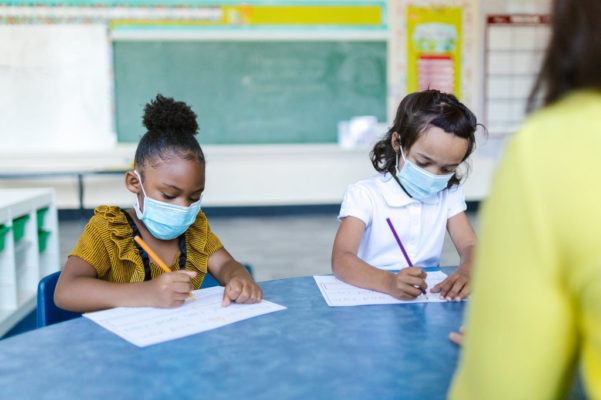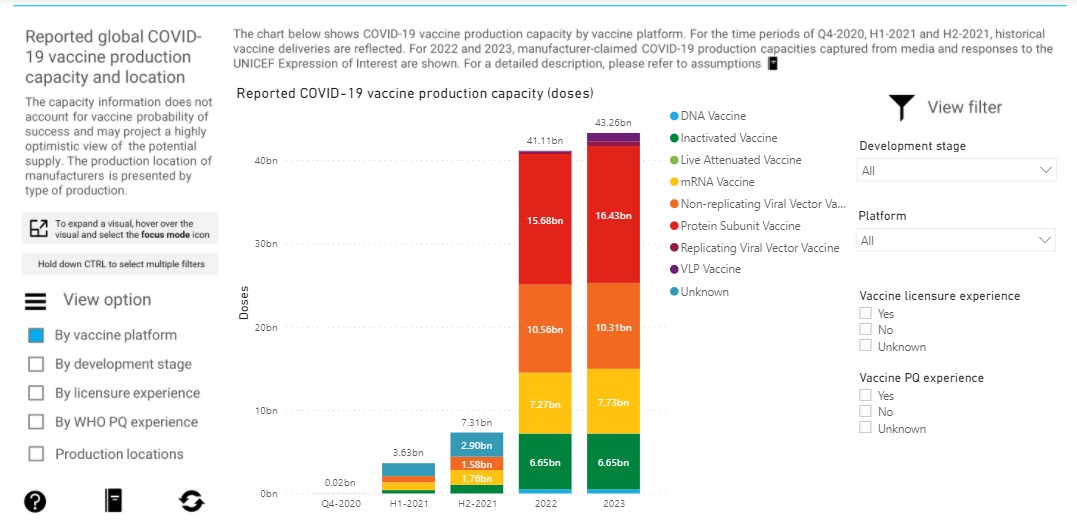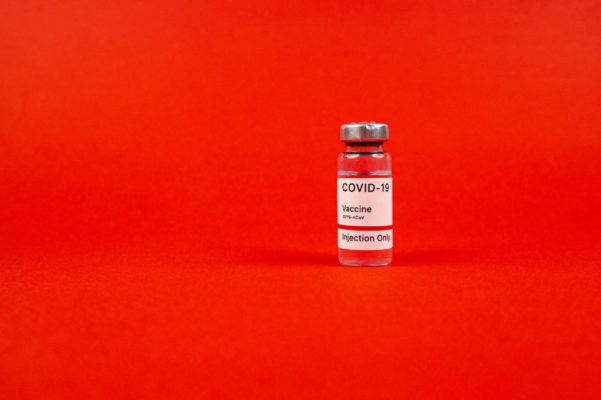Just 13 months since the first COVID-19 vaccination programmes were rolled out, more than 10,000,000,000 doses have been administered, mostly to adults in relatively wealthy countries.
Now, as the availability of vaccines looks set to rise significantly, vaccines have become available to children and to growing numbers of people in low- and middle-income countries.
Scientists began working on vaccines against COVID-19 in early 2020 when it became clear that the virus was highly contagious and potentially life-threatening. The vaccines were developed by researchers, and checked by independent regulators, in line with well-established steps for conducting clinical trials.
Experts harnessed advances in vaccine science, including mRNA technology which had been developed over several years, to deliver a number of different types of COVID-19 vaccines.
However, given the urgency around delivering safe and effective vaccines, companies, academics, regulators and policymakers worked around the clock to ensure the process was as efficient as possible.
Rather than doing each step in sequence, some stages of the process could be done in parallel. Regulators reviewed data from the trials at an early stage and prioritised decisions on their approval, without cutting corners. Of the dozens of vaccines that entered clinical trials in 2020, there are now five vaccines approved in the EU.
So, while the vaccines are ‘new’ in the sense that their development began just two years ago, they built on technologies that were already established or had been created before the pandemic. And more vaccines against COVID-19 have now been administered than against almost any other disease. This should offer a high level of public confidence that the vaccines are safe.

In Europe, vaccines have been approved for use in adolescents since July 2021 and for children aged 5-11 years since November. Most European countries have been running booster campaigns throughout the winter months, reaching more than 50% of adults. But while Europeans have been offered three doses, access to vaccination is a major hurdle in the world’s poorest nations.
Rich countries have the highest rates of vaccine uptake and around 3 billion people have yet to receive their first vaccine, with upper middle-income countries including Brazil, Turkey and Mexico catching up by September 2021. Today, China has vaccinated 1.3 billion people while India has vaccinated almost a billion people. The challenge for 2022 is to accelerate access to vaccination globally.

Last month, COVAX shipped its 1 billionth dose to low-income countries. While that does not translate directly into 1 billion doses administered (due to logistical challenges, vaccine shelf-life and vaccine scepticism), it is a sign that the programme, jointly created by GAVI, UNICEF and the WHO, is gaining new momentum.
According to UNICEF’s vaccine dashboard, COVID-19 vaccine production capacity will be capable of delivering more than 40 billion doses this year. This should effectively solve the problem of producing enough vaccines to protect the world, although logistical hurdles and the challenge of vaccine acceptance may remain.

As the world enters the third year of the global COVID-19 pandemic, developing and distributing 10 billion doses in just over a year has been a striking achievement. Countries with higher vaccination rates have more options when it comes to easing restrictions that have disruptive social and economic life.
The goal now must be to ensure everyone who wants a vaccine can have one in 2022.



